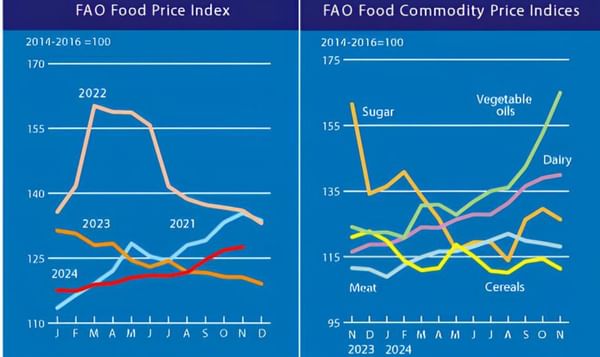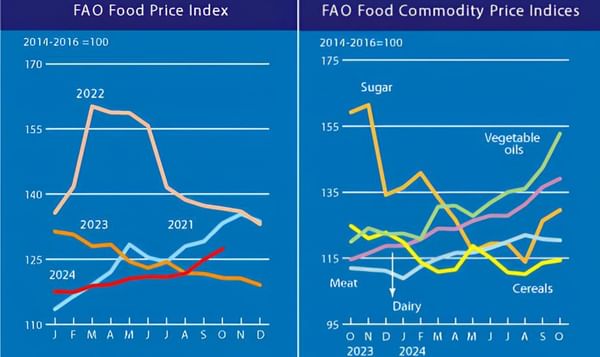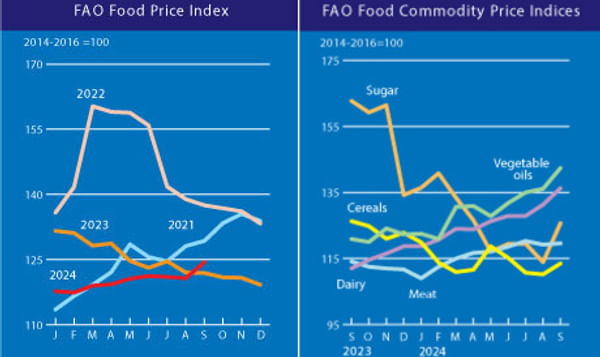The food industry is embracing umami as part of an effort to deliver highly flavored foods to consumers while also cutting back on fat, salt, sugar and artificial ingredients.
It was identified in the early 20th century by Kikunae Ikeda, a Japanese scientist who coined the name umami (pronounced "oo-MA-mee") using the Japanese term for "deliciousness."He found that foods with the umami taste have a high level of glutamate, an amino acid and a building block of protein. Mr. Ikeda developed and patented a method of making monosodium glutamate, or MSG, a processed additive that adds umami taste to food, much as sugar makes things taste sweet.
Interest in umami is driving new research and development among companies that create and manufacture flavorings for the processed-food industry. These can range from natural ingredients to artificial flavors that essentially are to MSG what saccharine and aspartame are to sugar. Senomyx, an ingredient-making company in San Diego that went public in 2004, has developed an artificial taste bud, complete with umami receptors, in its lab. The company uses it to test reactions to thousands of ingredients.











